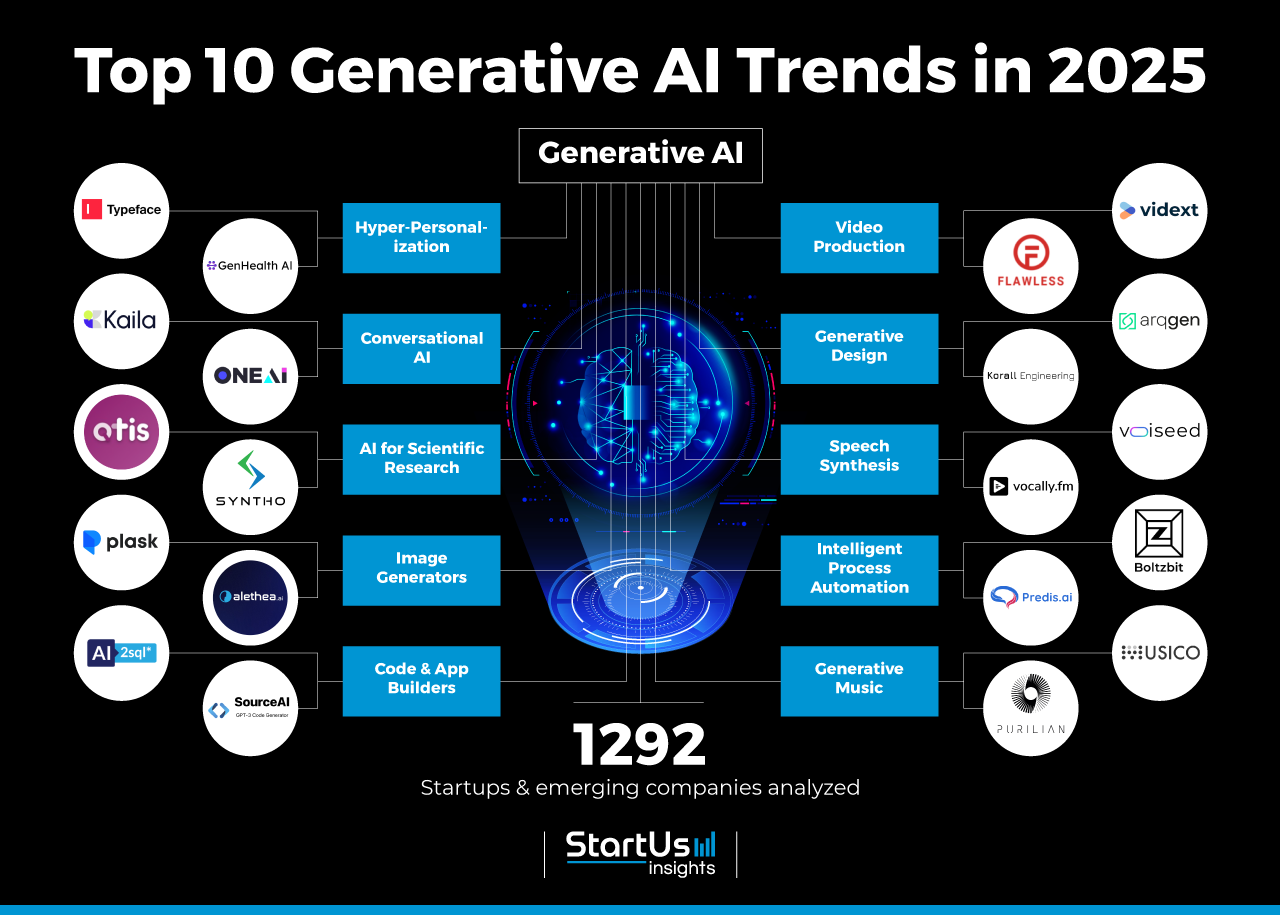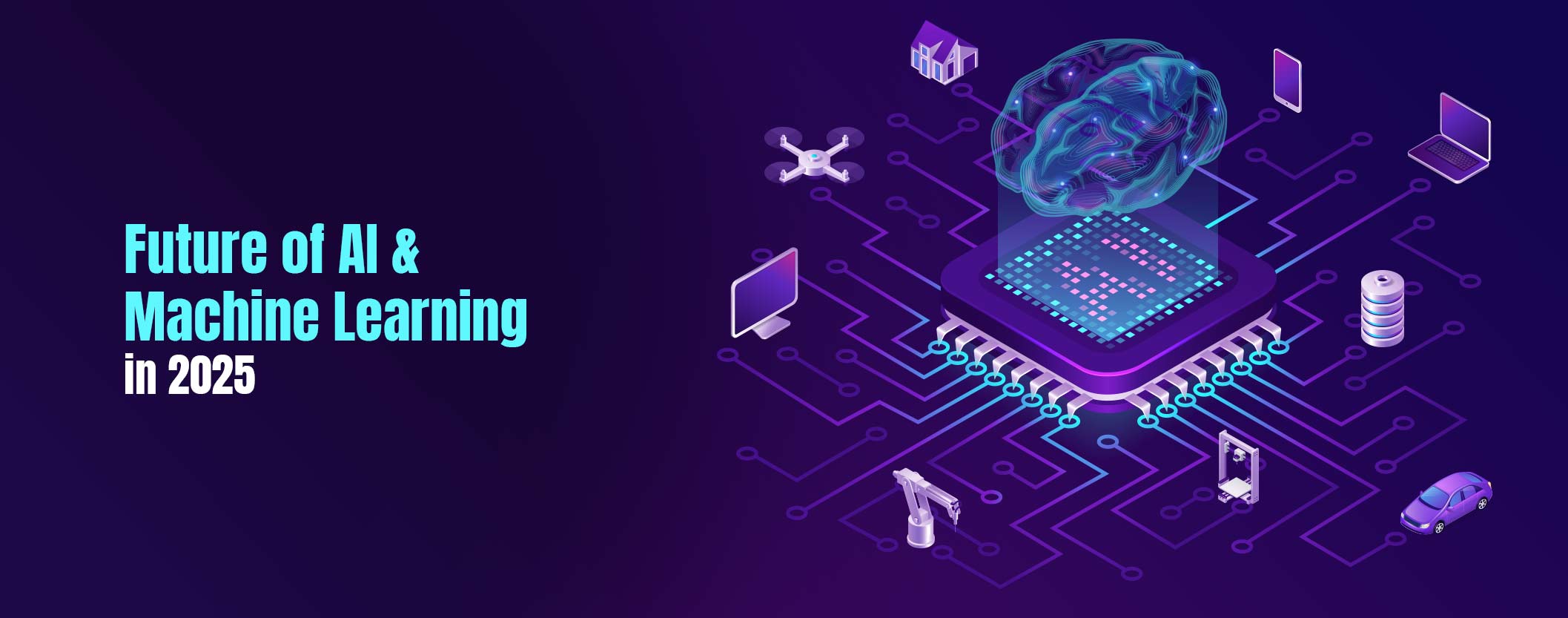Key Trends in Generative AI for 2025
Expansion of Generative AI Applications
Overview of Current Applications
Generative AI is already making waves across various sectors. It is currently being used in content creation, customer service, and even software development. Tools like ChatGPT and DALL-E 3 are prime examples, showcasing the versatility of this technology.
These tools help users generate text, images, and code, streamlining workflows. Discover the Best Generative AI Tools for Content Creation in 2025.
Predicted Growth Areas in 2025
In 2025, we expect generative AI to penetrate deeper into industries like healthcare, finance, and education. The technology will enhance diagnostic processes, automate customer support, and personalize learning experiences. For instance, AI could help doctors analyze medical images more efficiently, improving diagnostic accuracy.
Moreover, financial institutions might use AI to automate fraud detection and risk assessment. The education sector could see AI-driven personalized tutoring systems.

Future Trends in Generative AI
Democratization of AI Tools
By 2025, generative AI tools will become more accessible to the average user. Companies are investing heavily to make these tools user-friendly, even for those without technical expertise. This trend means more businesses will integrate AI into their daily operations.
For example, marketing teams might use AI to generate ad copy. Customer support agents could leverage AI for handling inquiries.
Rise of Multi-Modal AI Systems
Multi-modal AI systems, capable of processing text, images, audio, and video, will gain prominence. These systems offer a more holistic approach to problem-solving. Gartner predicts that by 2026, over 80% of enterprises will use generative AI APIs or models.
In media, AI could create dynamic content combining visuals, sound, and text. This integration would enhance user engagement significantly.

Hyper-Personalization in Marketing
Generative AI will revolutionize marketing by enabling hyper-personalization. AI will tailor messages, visuals, and product recommendations to individual customers in real-time. According to a BCG survey, 67% of CMOs are exploring generative AI for personalization.
This level of customization enhances customer engagement. It also drives conversion rates.
Impact of Generative AI on Different Industries
Transforming Creative Industries
The creative industries are set for a major transformation. Generative AI tools will empower artists to produce high-quality content faster than ever before. The global market for generative AI in creative industries is projected to reach $21.6 billion by 2032.
For instance, graphic designers can use AI to generate unique visuals. Musicians might use AI to compose original scores.
Enhancements in Healthcare and Scientific Discovery
In healthcare, generative AI will accelerate scientific discovery. DeepMind's AlphaFold has already revolutionized biology by predicting protein structures. This advancement aids in understanding diseases and developing treatments.
AI models can also simulate chemical reactions. They can forecast protein folding, crucial for drug development.
Changes in Customer Service and Support
Generative AI will enhance customer service by providing instant, personalized support. AI-powered chatbots can handle a wide range of inquiries, improving response times. They also reduce the workload on human agents.
These chatbots can understand natural language. They provide accurate and relevant responses.

Challenges of Implementing Generative AI Solutions
High Computational Costs and Access to Resources
Implementing generative AI can be expensive. Training models like GPT-4 requires significant computational power. Startups may struggle to afford these resources.
Model optimization and distributed computing can help mitigate costs. Using techniques like quantization and pruning reduces model size without compromising performance.
Ethical Considerations and Bias in AI Models
Generative AI models can inherit biases from their training data. This can lead to outputs that perpetuate stereotypes or are ethically questionable. Addressing these biases is crucial for responsible AI deployment.
Using bias detection algorithms and domain-specific fine-tuning can help. Real-time content moderation tools can filter inappropriate outputs.
Data Privacy and Security Concerns
Generative AI often handles sensitive data, raising privacy and security concerns. Organizations must implement robust security measures to protect this data. Encryption and federated learning are effective strategies.
Regular security audits ensure compliance with regulations like GDPR. They also maintain data integrity.
Generative AI Use Cases in Business
Real-World Applications and Case Studies
Businesses are already leveraging generative AI in various ways. For example, Belcorp's AI chatbot handles 75% of customer inquiries. This reduces costs and improves efficiency.
In the legal sector, AI tools analyze documents with high accuracy. They save time for legal professionals.
Industry-Specific Examples
In retail, AI personalizes customer experiences. It predicts buying patterns and tailors recommendations. In finance, AI automates fraud detection and risk assessment.
Healthcare uses AI for diagnostics and treatment planning. These applications improve patient outcomes. How Generative AI is Shaping the Future of Work
Long-Term Implications for Business Strategies
Generative AI will reshape long-term business strategies. Companies that adopt AI early will gain a competitive edge. AI can drive innovation, improve efficiency, and enhance customer satisfaction.
However, businesses must also invest in upskilling their workforce. This is to ensure they can effectively use AI tools.
Conclusion: The Future Landscape of Generative AI
Summary of Key Insights
Generative AI is poised to revolutionize industries in 2025 and beyond. Its applications will expand, driven by democratization, multi-modal systems, and hyper-personalization. While challenges like computational costs and ethical considerations exist, solutions are emerging.
Businesses that embrace generative AI will thrive. They will also need to address the associated challenges proactively.
Looking Ahead to 2026 and Beyond
The future of generative AI is bright. Continued advancements will unlock new possibilities. By 2026, we can expect even more sophisticated AI tools and broader adoption across industries.
Staying informed and adaptable will be key. This will help businesses leverage the full potential of generative AI.
Key Takeaways:
- Generative AI will become more accessible and user-friendly, expanding its use across various industries.
- Multi-modal AI systems will gain prominence, offering holistic solutions by processing diverse data types.
- Hyper-personalization in marketing will enhance customer engagement and drive conversion rates.
- High computational costs and ethical biases are significant challenges, but solutions like model optimization and bias detection are emerging.
- Businesses leveraging generative AI will gain a competitive edge, but must invest in workforce upskilling and address data privacy concerns.
